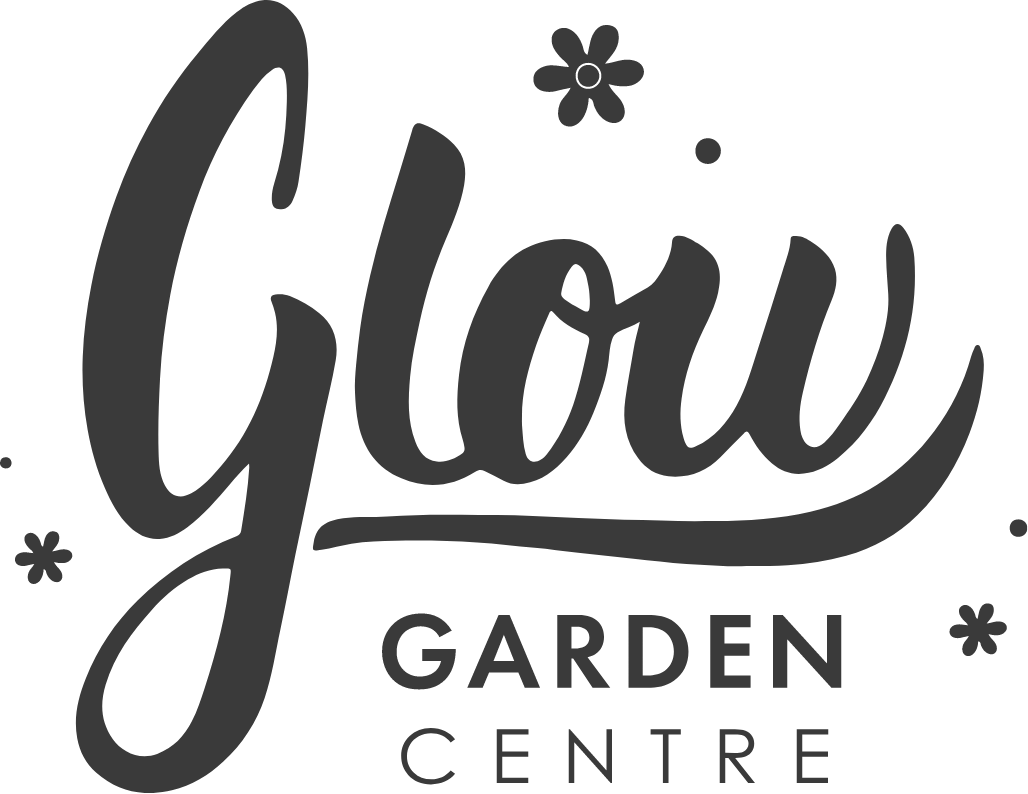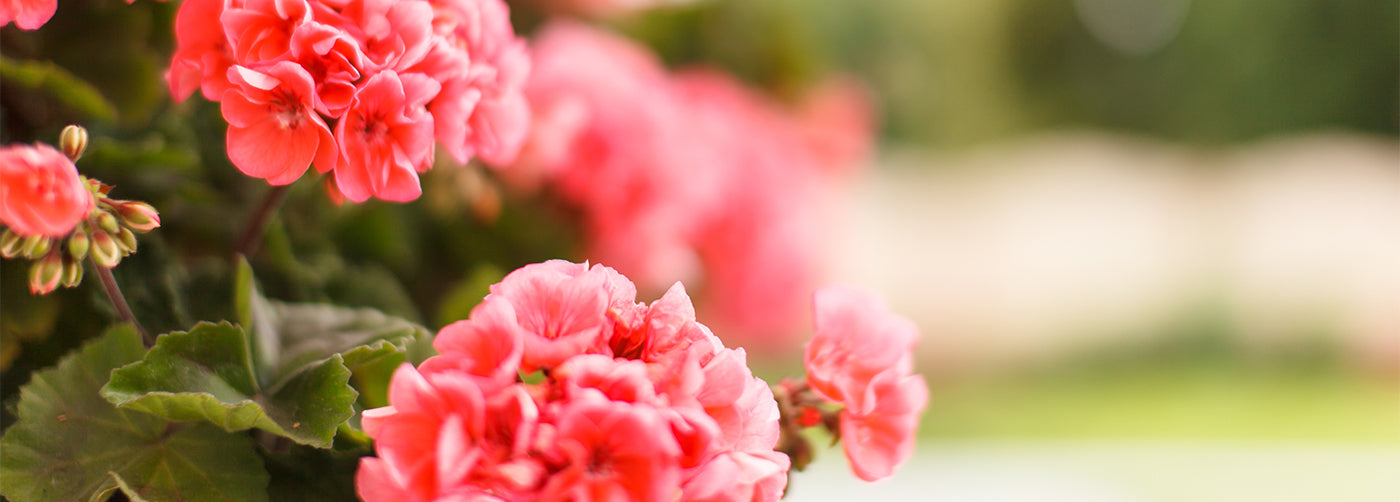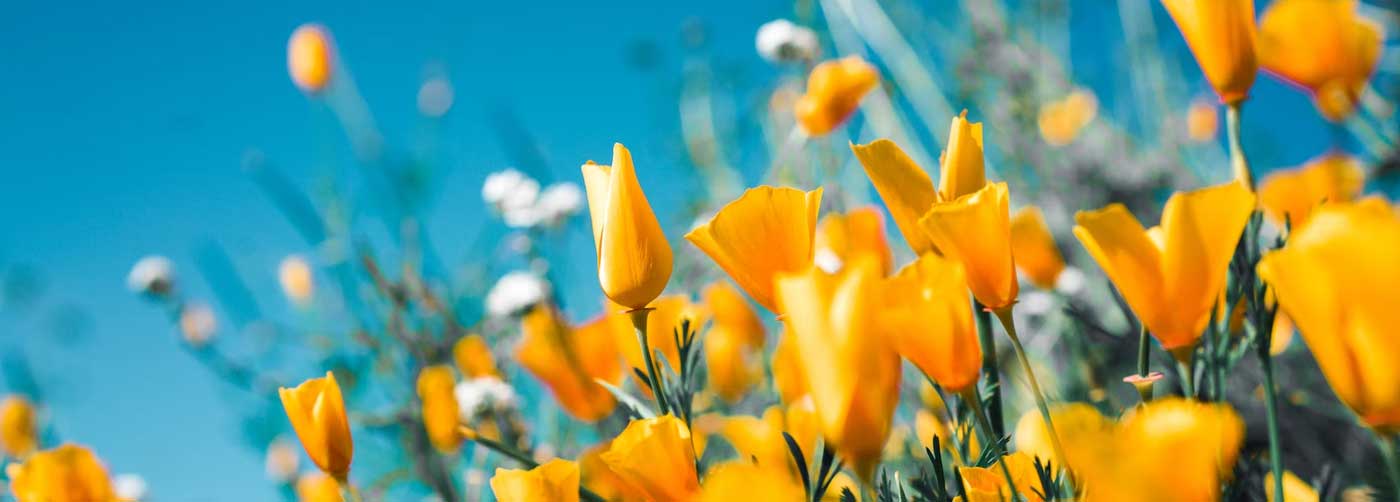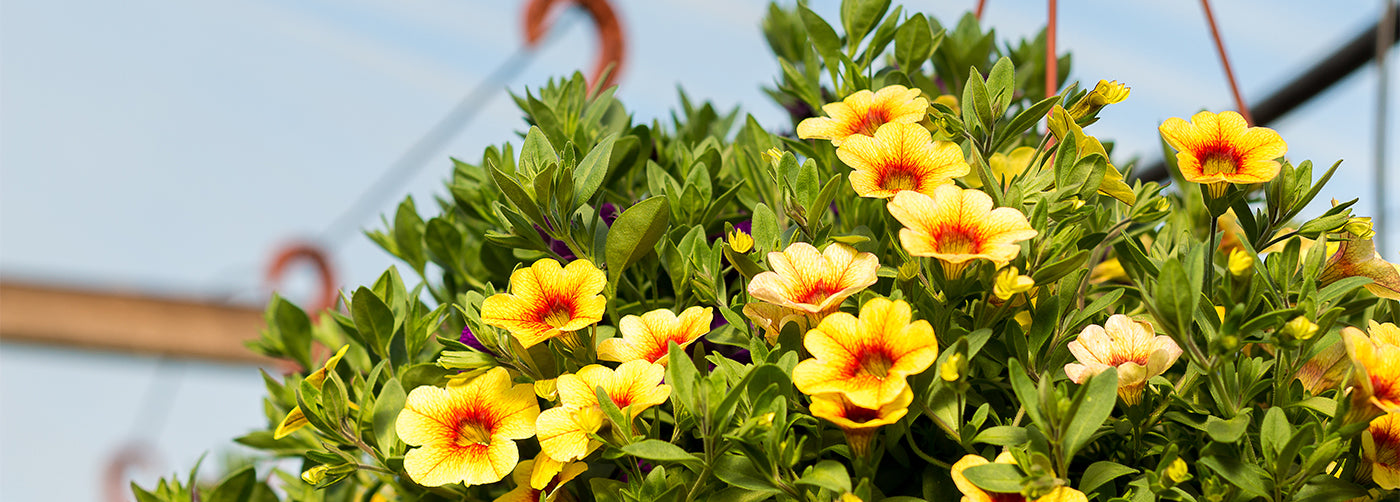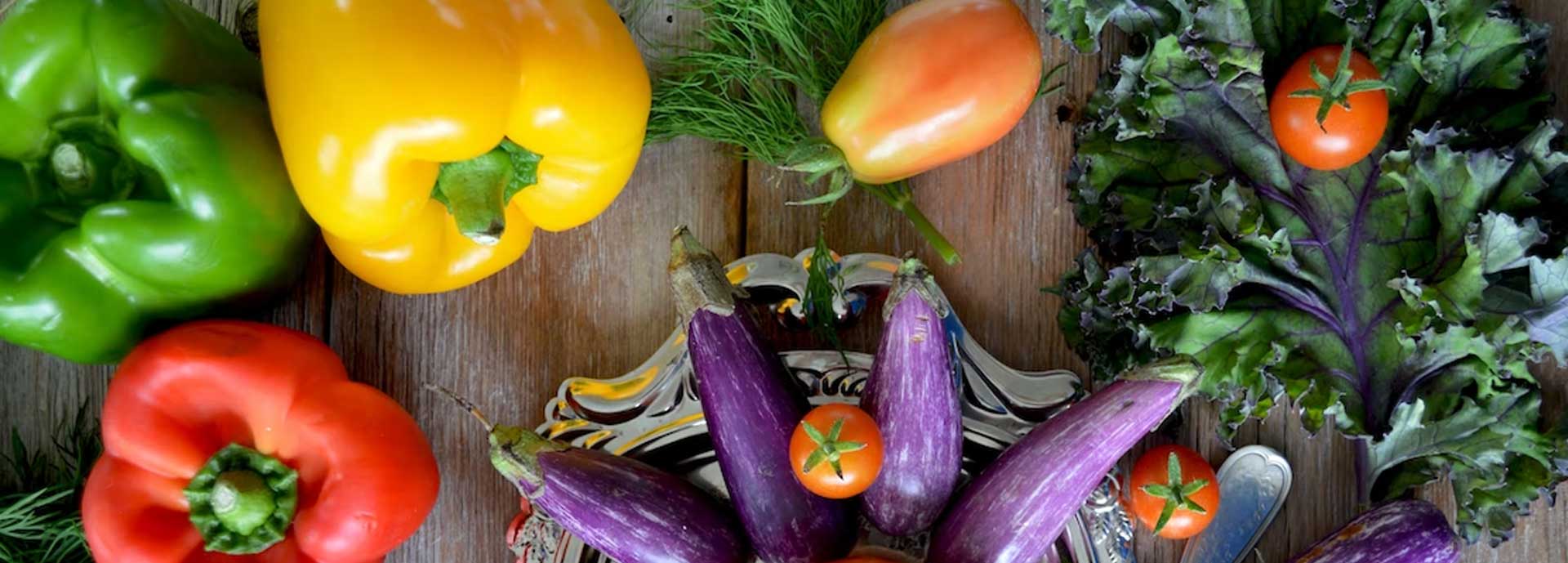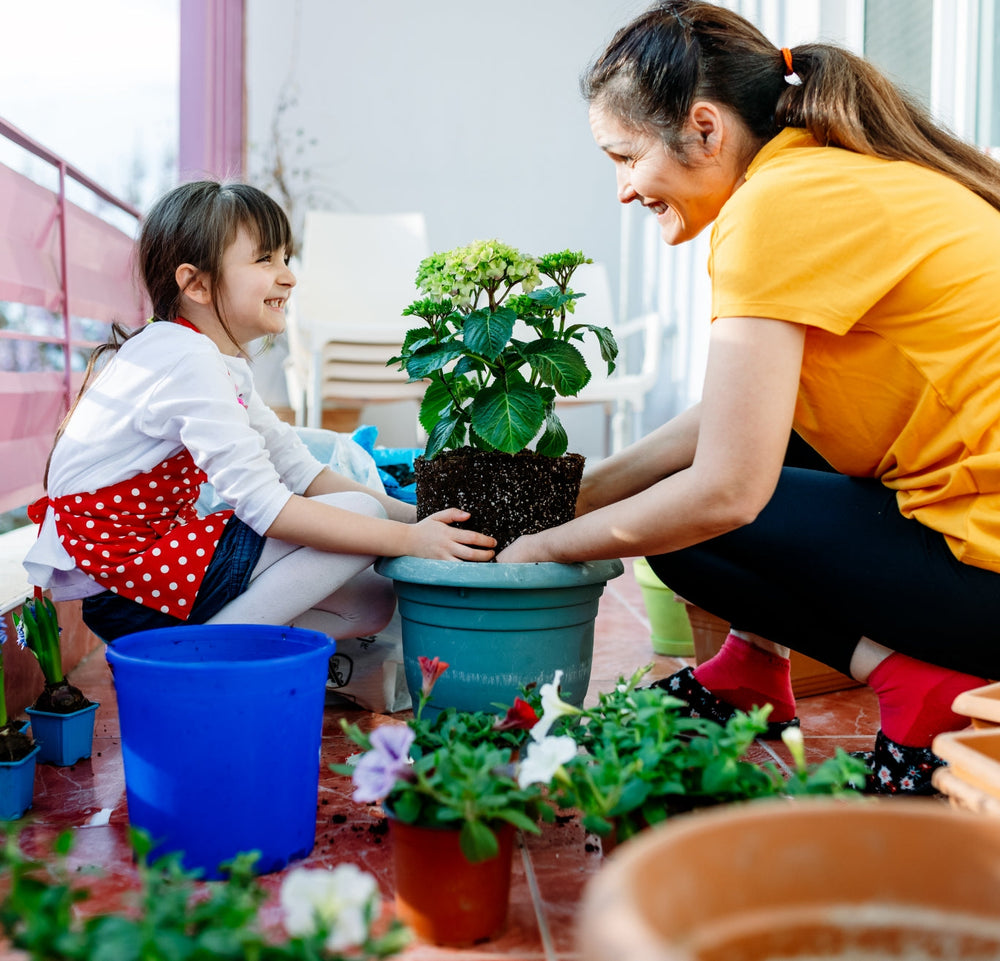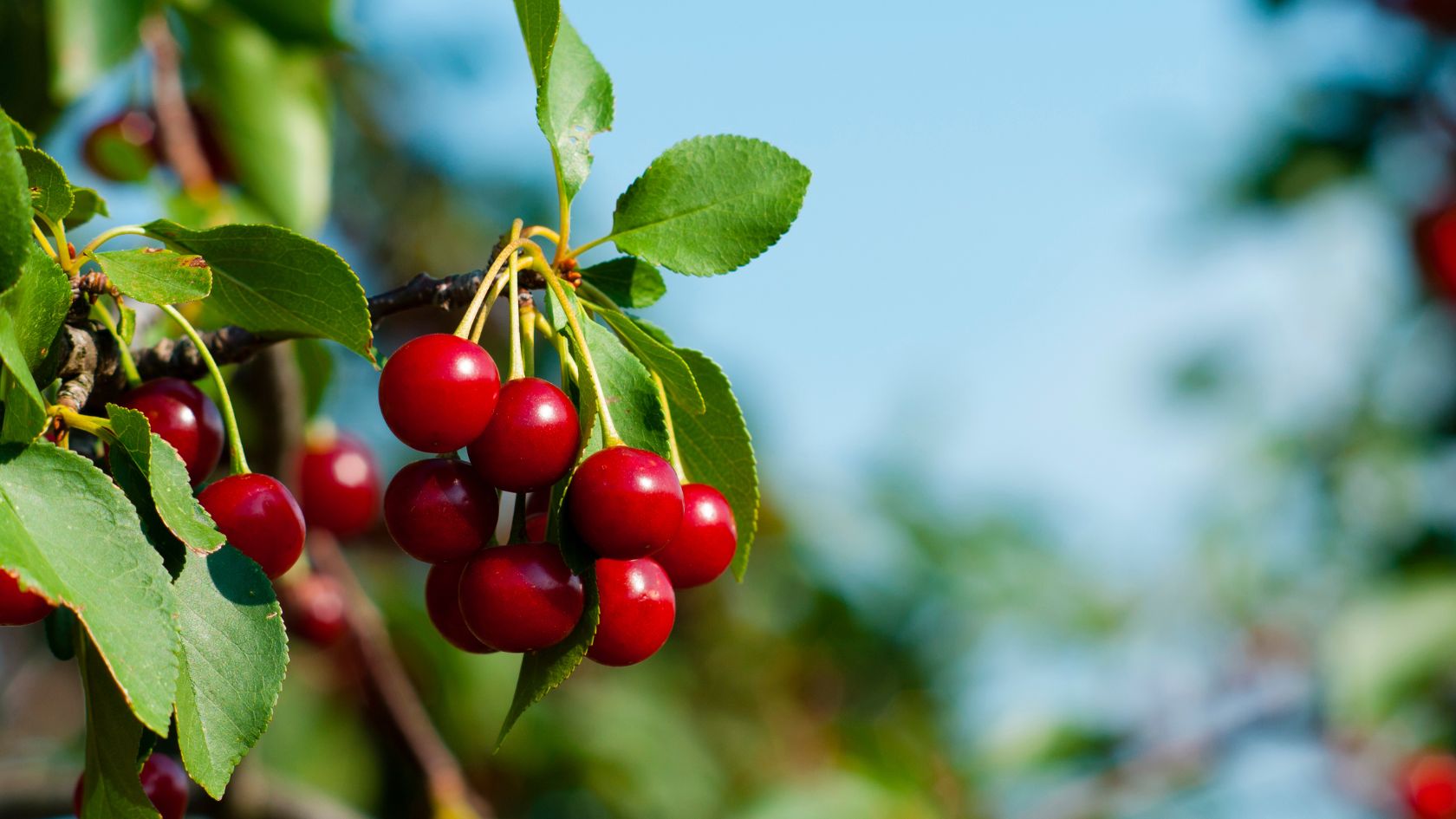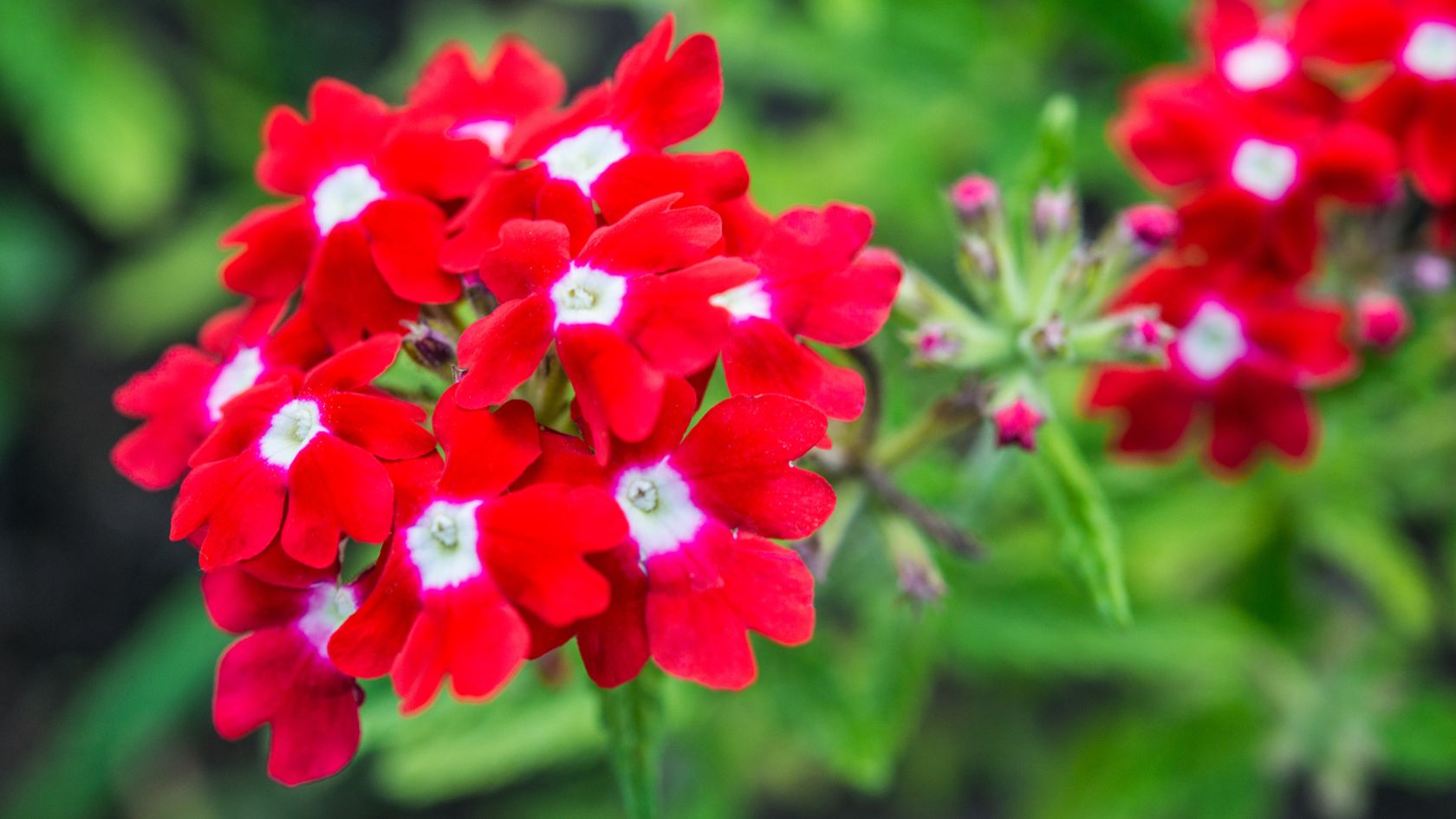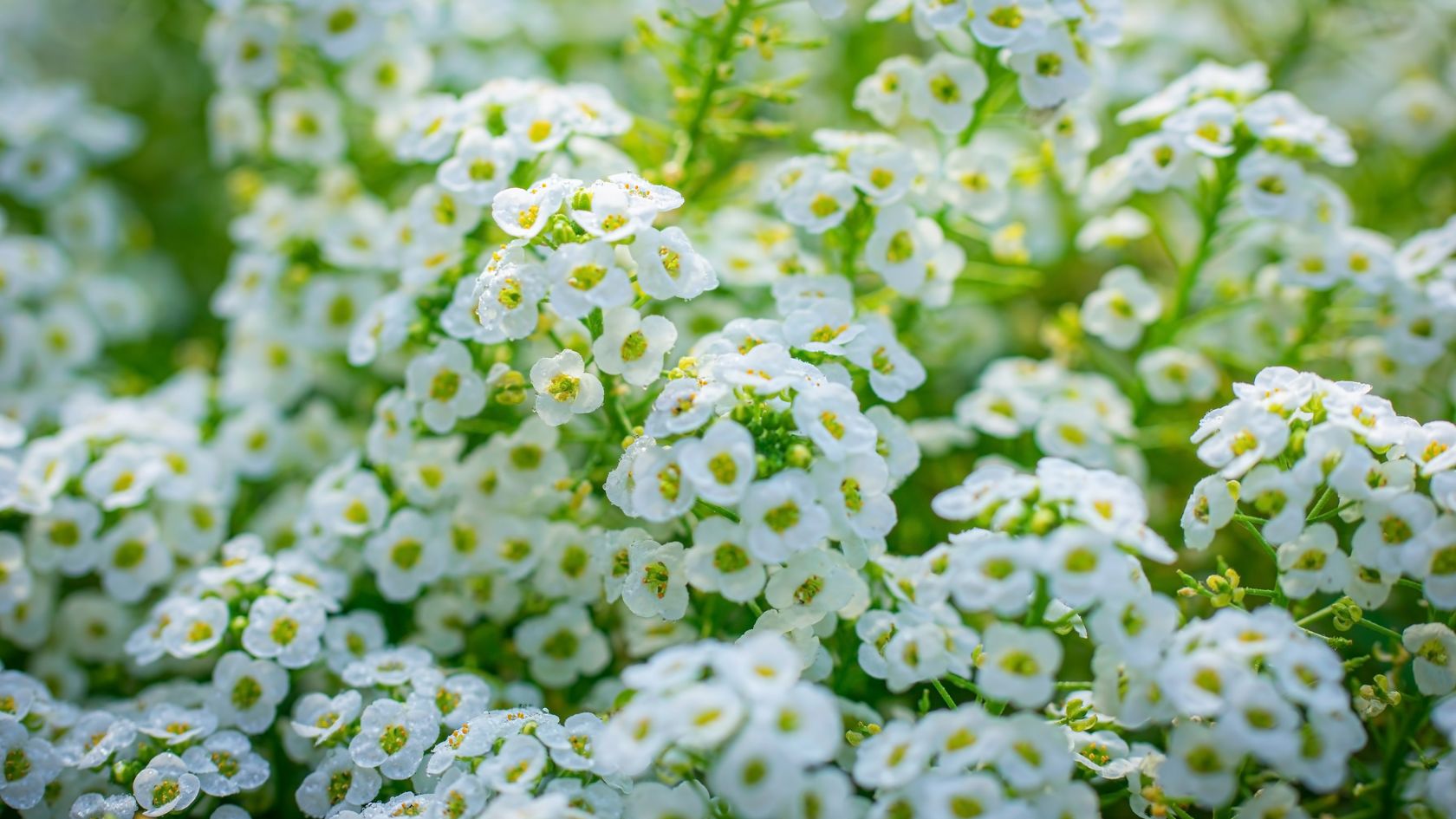The variety of hydrangea we carry are called Merrit or Merrit Supreme. They naturally bloom from the start of summer to fall and have taken time to mature in our greenhouse. Under the right conditions it can last up to 20 years! The larger the root structure the larger the plant will be able to grow. Plant it for continued growth and to maximize its potential.
Uses: Mass planting, hedge planting, accent, and container gardens
Height/width: 3-4 feet
Sun conditions: Part sun
Hardiness zones: 6-9 (If you are located in the Lower Mainland/Fraser valley, BC this is a perennial. If you’re located in Alberta this is not a perennial as it is zone 3 there).
Soil: Keep soil moist for the first growing season and water during dry spells it comes back the next year. Well drained soil is best.
Fertilizer: Best to choose granular fertilizer for woody plants and have low phosphorus. Fertilize at the start of spring. If you are buying the plant new then do not fertilize upon planting because your grower will have already fertilized it so it’s best to wait until next season.
Changing the color of the flowers: Depending on the soil acidity flowers can change color. Neutral to slightly alkaline soil pH produces pink flowers and moderately acidic soil creates blue flowers. Depending on the size of the plant is how much garden lime, aluminum sulfate, garden sulfur, or organic matter to add so follow the packaging to get the correct amounts. Organic matter can be used to lower the soils pH as well. Be aware that too much acidity in pH can kill the plant so it’s best to measure the pH to not over do it. Low pH can also leave the plant susceptible to pests.
Try this - Add 1 cup of lime to the base of the plant to make the flowers pink or aluminum sulfate to make them blue in the late fall or early spring. It takes time for the blue color to set in as the soil and roots acidify which could be 1-2 seasons.
For a purple color find a plant that is already red and add 1 tbsp of aluminum sulfate with water to the base of the plant. Repeat steps every spring to get your desired color.
- Note that it may be difficult to have a blue color if the plant is planted near a sidewalk or concrete because lime goes into the soil.
Watering: In a container water 1-2x per week thoroughly or if planted in the ground 3x per week 1 inch of water for root growth. Keep water clear from the leaves and flowers only water the roots. If you put it in a sunny place then it’s best to keep the soil moist.
Maintenance level: Intermediate
Planting your hydrangea in the ground
Prepare your soil if it is not loose. Use a rake or shovel to stir up the ground so that it becomes more loose. Dig a hole twice the size of the container for the base of the plant to go into. Put your plant inside the hole with the flowers facing up and water it in thoroughly.
Tips with dealing with wilted flowers
When your hydrangea gets too much sunshine for long hours and lack of water it can make the stems wilt angling downwards. First start by watering at the base of the plant and wait a few hours to 24 hrs as it regains its health. If within a couple days there is no progress you deadhead any flowers that are not coming back to life and new ones will grow. Cut above the leaves but not below. Be careful not to prune it otherwise you could be cutting off new blooms.
When to prune
Late winter or early spring when the heads of the hydrangeas have dried out and are brown. Cut on an angle away from the bud. Work through your shrub evenly. Remove dead or damaged wood and start by inspecting the plant for any dead, diseased, or damaged branches. Use clean and sharp pruning shears to cut these branches back to healthy tissue or to the base of the plant. Remove any damaged or diseased stems so that they're structurally strong. The goal is to create an open shape so that light and air can get everywhere on the plant. Any stems that are rubbing against each other choose one that is growing in an outward direction to keep and remove the other.
After pruning add compost or slow release fertilizer. If the bud does not turn green or is already green and growing then you may need to prune lower past that bud. Remove spent flowers throughout the blooming season. This process, known as deadheading, encourages the plant to direct its energy towards producing new blooms rather than seed production. Trim the flower stems back to a healthy set of leaves or buds.
Pests
If a hydrangea is planted well then it is often healthy and stronger against pests.
- Aphids
If you see small round bugs under the leaves use a hose to wash them off or soapy water.
- Fungal diseases
(Botryris bud blight , powdery mildew, or Cercospora leaf spot) - Often these issues can be prevented if watered early by not getting any water on the leaves and giving your plant space to grow. For treatment prune damaged branches and keep pruners clean so that no other transference happens between plants. Get rid of any leftover debris and use a fungicide.
Watch out for water-soaked spots that darken and blighted flowers or leaves that are wilting as well as root rot. Sadly there isn’t a chemical solution to these diseases.
With these helpful tips we hope that you feel confident and ready to take care of your Merrit Supreme hydrangea. We wish you a fun time gardening as you take care and nurture your hydrangea!
